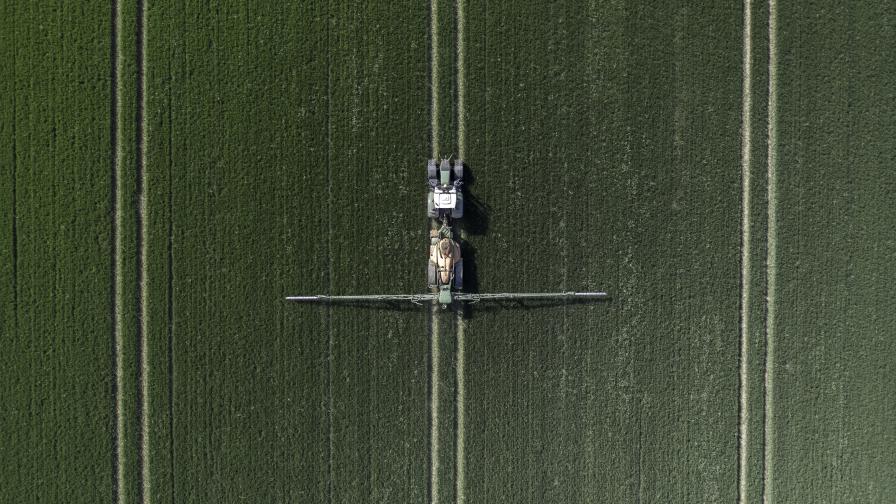Glufosinate: The Next Big G-Force in Crop Protection

With what looks like unstoppable growth for glufosinate, the ag industry is rapidly adding capacity and investing in R&D, while seeking to avoid the pitfalls of overuse.
“The glufosinate molecule has essentially been a rollercoaster ride the last 12 to 18 months across the globe. What we’re seeing is a huge increase in demand on a global scale for glufosinate,” Sam Knott, Director of U.S. Central Crops for generics player Atticus LLC told AgriBusiness Global.
“When countries like China started to phase out paraquat several years ago and Mexico started to ban glyphosate, the industry has had to rely on a broad-spectrum herbicide like glufosinate that has tolerant crops to fill that void.”
Spurred by rapid adoption of the glufosinate-enabled traits, compounded by spreading glyphosate resistance, industry experts believe that between 50% and 70% of all soybeans planted in the U.S. in 2021 will confer tolerance to glufosinate. According to Knott, the industry is in a short-term gap between tight supply and skyrocketing demand but that additional supply should come online by mid-2021.
“We’re hearing that some of the generic suppliers here in the U.S. that usually source product out of China are struggling to get supply, and part of that is, a lot of (glufosinate) production that used to come to the U.S. in China is being used for their own needs, so a lot less is being exported out of China,” Tom Mudd, UPL Marketing Manager, Corn and Soybean Herbicides said in an interview with AgriBusiness Global.
As glufosinate-traited Enlist E3 (Corteva Agriscience), XtendFlex (Bayer), and LibertyLink GT27 (BASF) soybeans converge in the marketplace this year, Mudd expects the active ingredient to take market share from both dicamba and glyphosate this year.
“The channel is going to have a lot of pressure, because a lot of dicamba did not hit the ground last year and so there’s pressure for those gallons to be applied in 2021,” said Brian Ahrens, UPL Head of U.S. Sales. “You also have the increase in soybean acres, and you have commodity prices going up with the price on beans at $13 to $14.” He noted that demand is robust not only for glufosinate, but also other herbicides in the soybean metric including metribuzin, S-metolacholor, and sulfentrazone.
It is not the GMO acre alone driving demand for glufosinate, he noted, but also specialty markets like California, where more rigid regulatory requirements and bans are becoming ever more commonplace. Delivering on expectations, in terms of being a reliable supplier for both of its brands — it also manufactures its Lifeline branded glufosinate for the specialty market in that state — can be a balancing act.
Continue reading at AgriBusiness Global.





